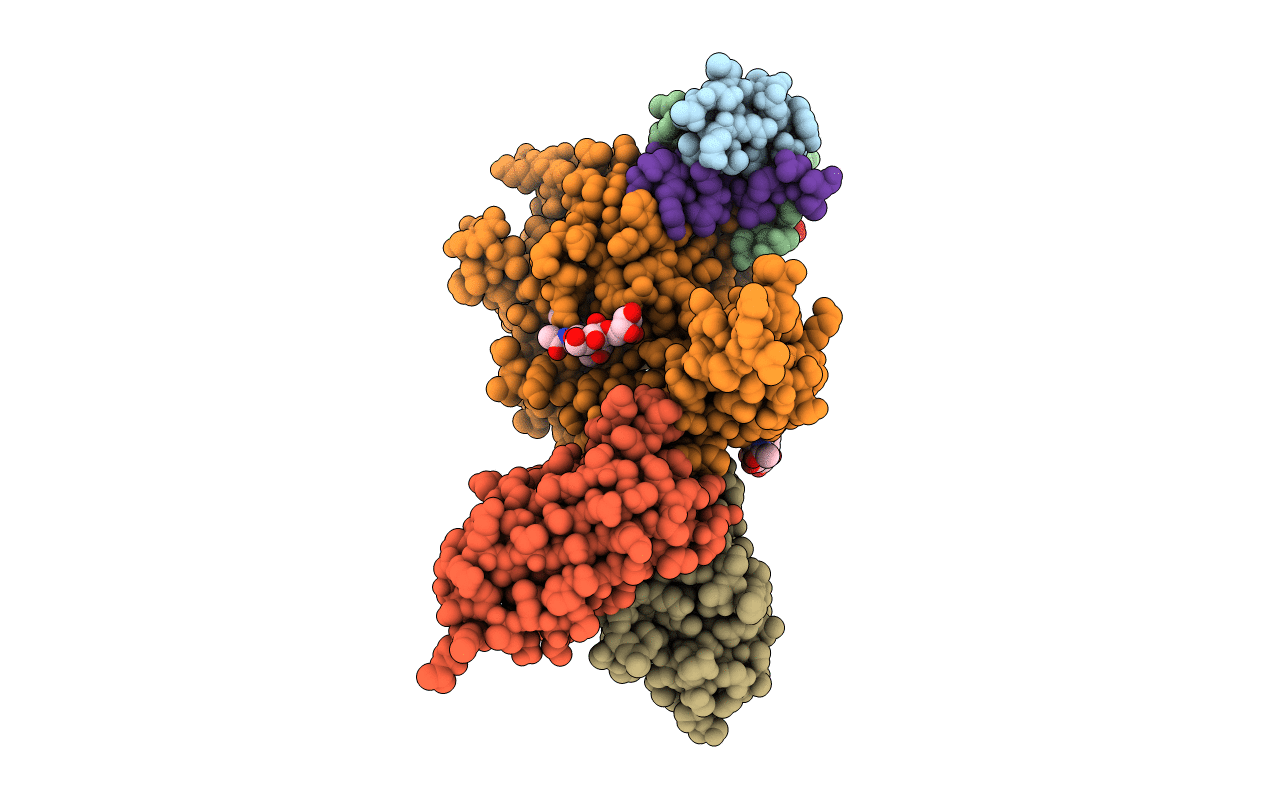
Deposition Date
2014-01-15
Release Date
2014-08-27
Last Version Date
2024-11-06
Entry Detail
PDB ID:
4OGA
Keywords:
Title:
Insulin in complex with Site 1 of the human insulin receptor
Biological Source:
Source Organism:
Homo sapiens (Taxon ID: 9606)
Mus musculus (Taxon ID: 10090)
Mus musculus (Taxon ID: 10090)
Host Organism:
Method Details:
Experimental Method:
Resolution:
3.50 Å
R-Value Free:
0.28
R-Value Work:
0.26
R-Value Observed:
0.26
Space Group:
P 2 3


